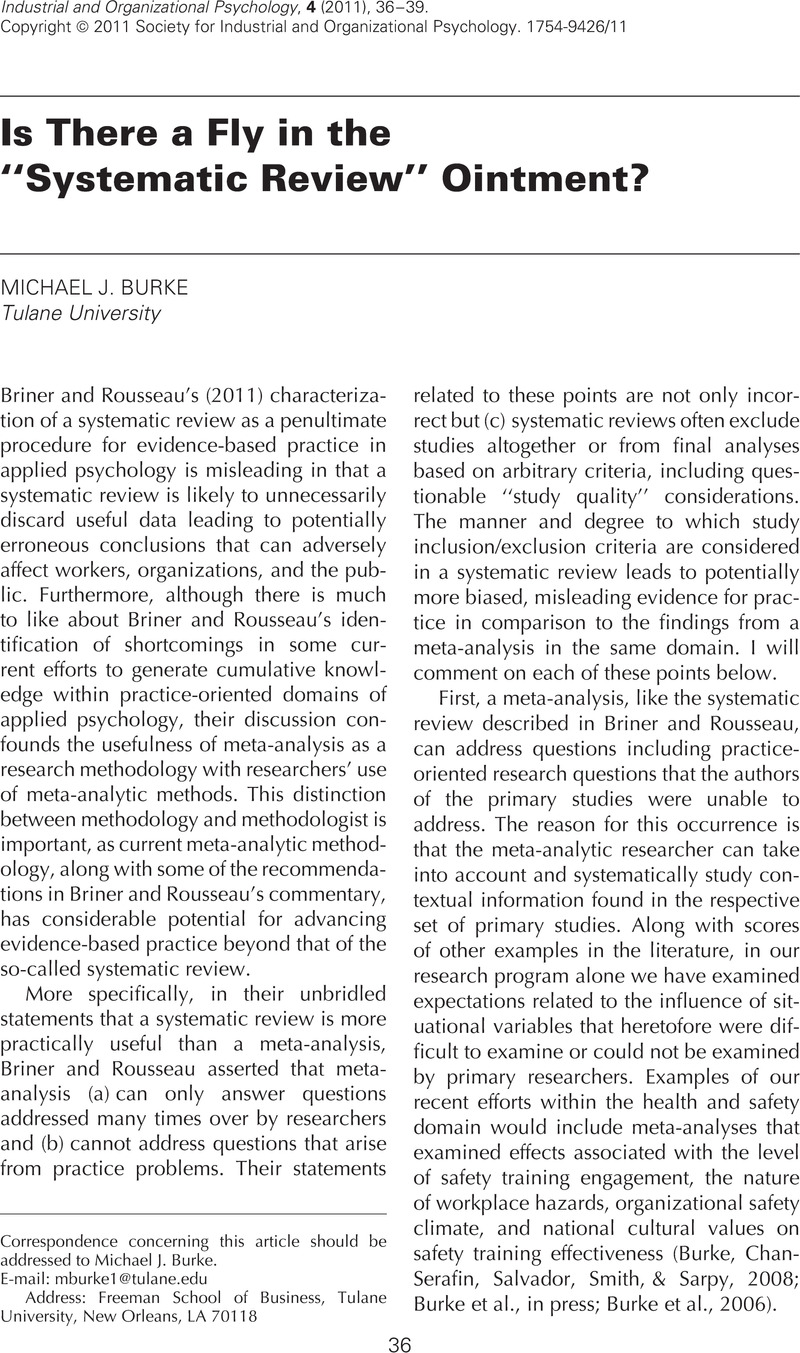Crossref Citations
This article has been cited by the following publications. This list is generated based on data provided by Crossref.
Briner, Rob B.
and
Rousseau, Denise M.
2011.
Evidence-Based I–O Psychology: Not There Yet but Now a Little Nearer?.
Industrial and Organizational Psychology,
Vol. 4,
Issue. 1,
p.
76.
Bennett, Andrew A.
and
Miao, Chao
2013.
How Do We Know Truth? Extensions and Examples From Similar Academic Fields.
Industrial and Organizational Psychology,
Vol. 6,
Issue. 3,
p.
276.
Rynes, Sara L.
and
Bartunek, Jean M.
2017.
Evidence-Based Management: Foundations, Development, Controversies and Future.
Annual Review of Organizational Psychology and Organizational Behavior,
Vol. 4,
Issue. 1,
p.
235.
Grant, David B.
Kovács, Gyöngyi
and
Spens, Karen
2018.
Questionable research practices in academia: antecedents and consequences.
European Business Review,
Vol. 30,
Issue. 2,
p.
101.
Rojon, Céline
Okupe, Adun
and
McDowall, Almuth
2021.
Utilization and development of systematic reviews in management research: What do we know and where do we go from here?.
International Journal of Management Reviews,
Vol. 23,
Issue. 2,
p.
191.



